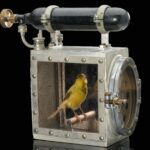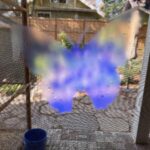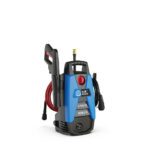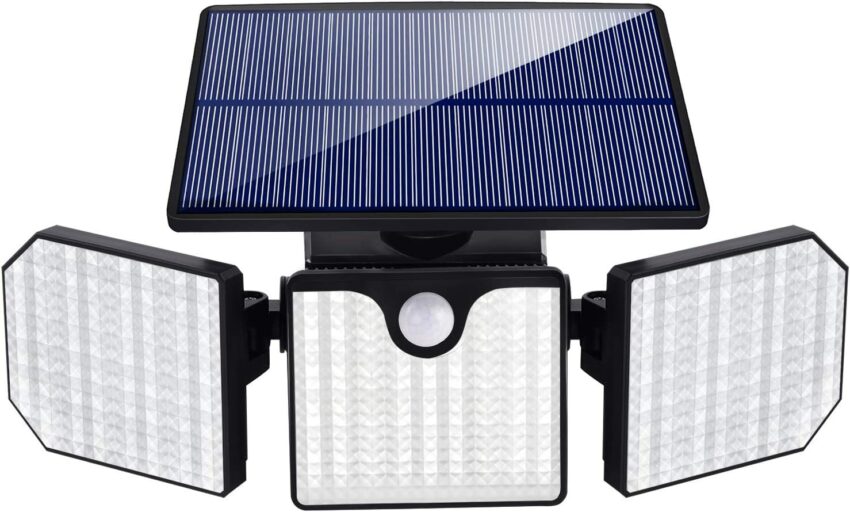
Deterring predators and pests
NOTE: This article only applies to those with outdoor aviaries.
The internet is full of safe ideas to deter predators (e.g. raccoons) and pests (e.g. parasites) and they all have two things in common.
- They are indeed safe for the most part
- They don’t work for the most part
Unlike most articles on this site, there isn’t any hard science backing up much of what I say here. It is mostly based on an acceptable amount of anecdotal evidence, sometimes from me. 🙂 Regardless, before you buy your pepper spray or coyote urine, give this a read.
Note that I wrote an article called How do I know who to trust that might help understand why I’m writing a non-scientific article and still considering it to be trustworthy to me.
I’m not reviewing remedies that don’t have enough evidence or that I have experience with so this is not a comprehensive guide.
Terms
Deterrence can mean two things. One, it can mean preventing a predator from getting into an aviary and killing your birds. Two, it can mean preventing a predator from being close enough to an aviary to terrify the occupants.
Obviously the latter is more difficult but with some predators, it can be possible. At night, birds freaking out is never a good thing.
Predator is an animal that will eat your bird.
Pest is an animal that can cause discomfort or disease to your animal.
Foiling predators
Predator deterrence starts with the aviary design itself. Although there are not scientific papers on this, the foundation of your aviary is paramount and long-time aviary builders will agree.
There are a number of options here.
Wire
The most important thing is to buy the right type of wire. Two things matter, the spacing, and the thickness (gauge) of the wire. Typically 18 gauge is enough, but it never hurts to go hard core and get 16 gauge. It’s harder to work with but maybe more piece of mind.
Secondly, you want something like 1/2″ x 1/2″ and not bigger. I’ve heard stories of hawks injuring cockatiel through 1″ x 1/2″ wire. You can’t really go smaller in the spacing and be thick enough to deter predators from chomping through. Note this is extremely anecdotal.
Foundation
You could build a foundation, either from cement, or from a combination of gravel and brick, then build your aviary on top of that. However, this may not keep the most obsessive of diggers, coyotes, from finding their way in unless it’s a deep foundation.
One effective way to prevent digging is burying wire. I can’t draw, but below is a crude drawing. Essentially. you dig a trench 12″ deep by 12″ wide before building the aviary. You bend 12″ of the bottom of the wire by 90 degrees. Then you bury the wire with the bend pointing outwards.
You can probably get away with digging only a few inches deep, but still going 12 inches out. The one benefit of the deeper burial is that it’s easier to see when digging has taken place so you can be vigilant.
The theory behind this is that a coyote or other digging animal is not going to think to start digging a foot away from an aviary wall so they will be foiled when they dig near the aviary and run into fencing.
Rats can be a menace and they love to get into food, leave dropping with disease, and injure or kill birds. Again, a good foundation or smartly placed wire is your best bet.
Roof and side panels
My original aviary design, mentioned in an earlier article, had only a partial roof, so that more sun could get in. This had an unfortunate side effect: hawks. They would sit on a nearby fence or worse yet, sit on the aviary itself.
They couldn’t hurt them, but boy, could they scare them. Flying like crazy, bouncing into walls, thankfully not hurting themselves.
So, I was told anecdotally (and it seems sort of obvious), that if a hawk can’t see birds, even if they were there before, they will give up and go somewhere else to hunt.
It might be worth sacrificing some sunlight to put a full roof on your aviary. But as I learned, even that may not be enough. I have a nearby fence the hawks like to sit on and they can see the birds through the sides. I solved this by buying some fabric and stapling it (you could zip tie depending on what your aviary frame is made out of). This is what I used:
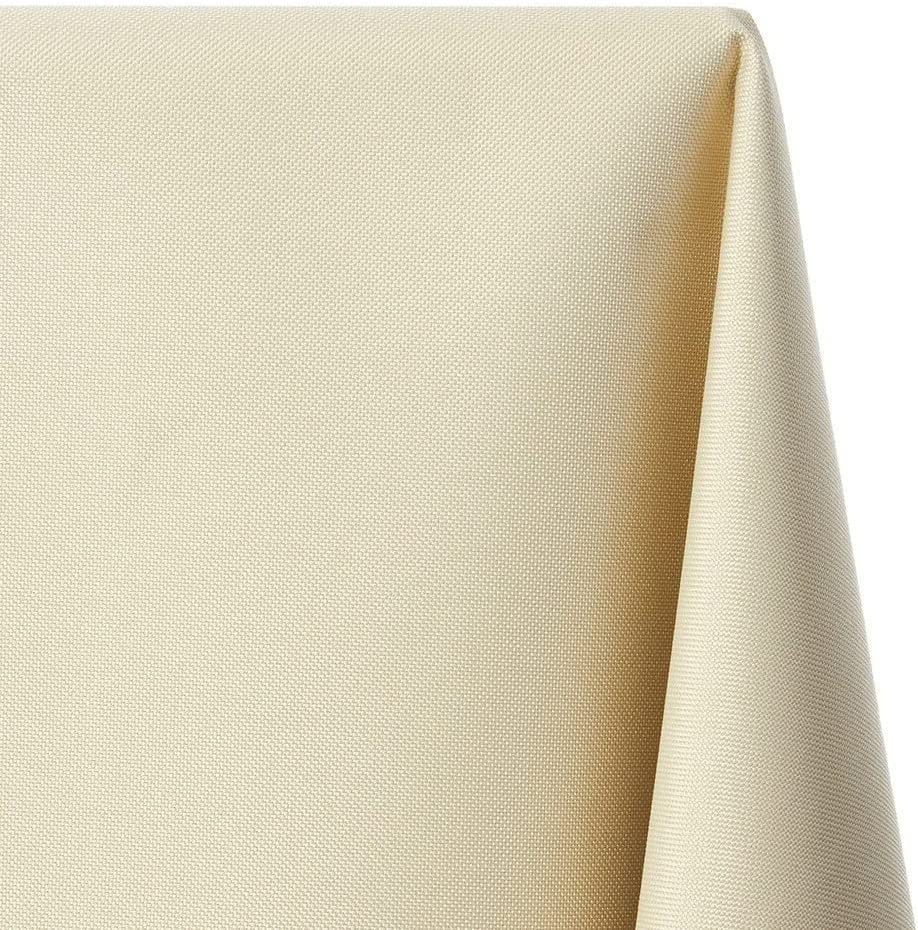
I bought waterproof just for extra wind and rain protection. I stapled these up in the line of sight of the hawks and they never came back. We know because we had a hawk cam, another great use for remote cameras.
Motion spotlights
The most difficult predator I encountered was raccoons. They would come in packs, and walk across the top of the aviary, scaring the birds, even with a roof in place. They would lean down over the roof and peek inside below roof level.
We tried various repellents such as a pepper spray and nothing was working until we bought a very bright, motion activated spotlight that could cover the roof of the whole aviary. They are also solar so you don’t have to worry about them going dark. Adjustability is nice so you can evenly cover your aviary roof.
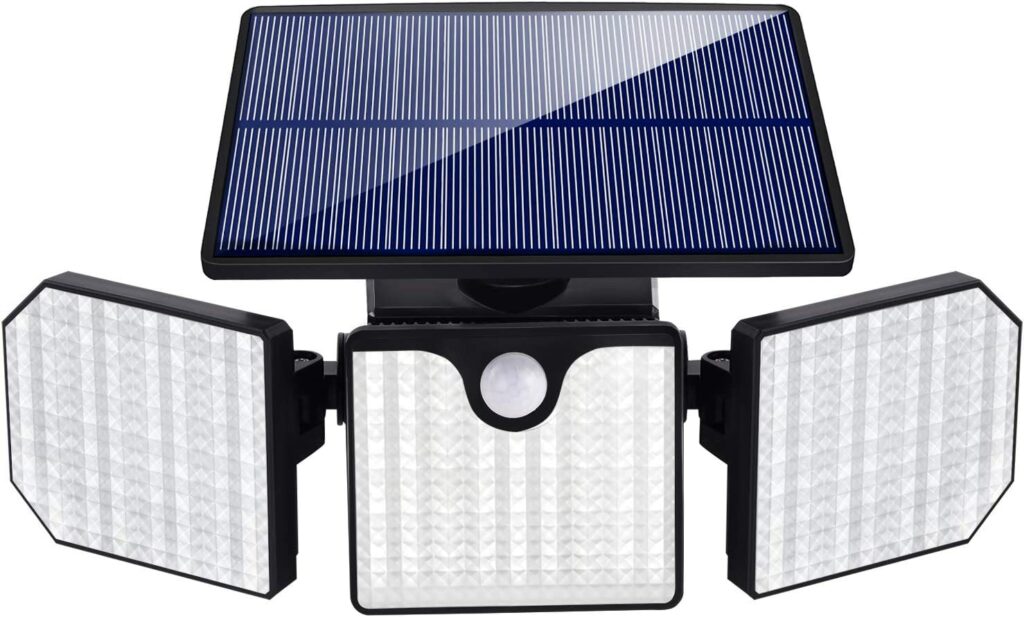
This is not the type I have, which I bought elsewhere but the concept is the same. We went from constant raccoon menace to ZERO raccoons in the last 5 months. I’m convinced these work. Again my motion cameras can be used to verify a raccoon in the distance and then getting scared off by the light.
I believe they may work reasonably well with possums, but I don’t have many of them and when I’ve seen them, they don’t seem to agitate the birds as much as the racoons.
Cameras
I’ve mentioned this many times and also my article on remote cameras. If you can afford them, they will help you identify that predators are there in the first place, monitor their behavior and when they arrive, hatch your mitigation plans, and verify they are working or not working.
You could go years not realizing your birds are suffering at the hands of predators. I didn’t know hawks were terrorizing my birds, I didn’t know my chicken yard was full of rats at night, I didn’t know about possums and raccoons wandering around, and the list goes on. I learned all of this from cameras.
The do nothing approach
One animal I’d put in the do nothing categories are dogs and cats.
People have a fear of cats and their aviaries and I’ve seen cats walk by them and across the top of them, with and without a roof, and the birds don’t seem to mind. Perhaps it’s species specific.
If they freak out your birds, definitely a roof would help as well as the fabric option close to the ground might help with the birds seeing the cats. I’m not aware of any cat deterrent that actually works.
Dogs are daytime creatures and birds are usually pretty cool with daytime creatures and will get used to having a dog around at some point.
Amusingly I bought a type of urine that was supposed to repel house cats and our outdoor cat would nap right next to it.
Pests
There are pests that I am probably missing, but I would identify four: mosquitos, wild birds, parasites, and ants. These are things that could cause disease or irritate birds or their caregivers.
Wild birds
The poop from wild birds can carry a lot of diseases and can be a risk to your aviary birds. Other than obsessively cleaning, which has its many downsides, your best bet again is a roof.
Ants
I only bring up ants because I’ve seen birds not eat their wet food if it’s covered with ants. As a caregiver, it’s also annoying to bring in food dishes and have ants in your kitchen.
This is a tricky one if you have fruit eating birds, but boric acid is an option. It’s not a perfect option, but if done correctly, it’s potentially safe.
Boric acid naturally occurs in the environment. It can be found in soil, water, and plants. Boric acid dissolves in water and can move with water through the soil.
Boric acid is practically non-toxic to birds. It is slightly toxic to practically non-toxic to freshwater fish. Boric acid is practically non-toxic to frogs and toads and aquatic life, such as water fleas. The U.S. EPA concluded that boric acid is relatively nontoxic to bees.
Boric Acid—National Pesticide Information Center
The word “practically” is a bit uncomfortable. However, there are a few easy things you can do:
- Place boric acid bait stations on the outside of the aviary as close as possible to the fruit dishes, which you can also intentionally place near the border of the aviary.
- Use specific bait stations that at least small birds cannot get into. See below.
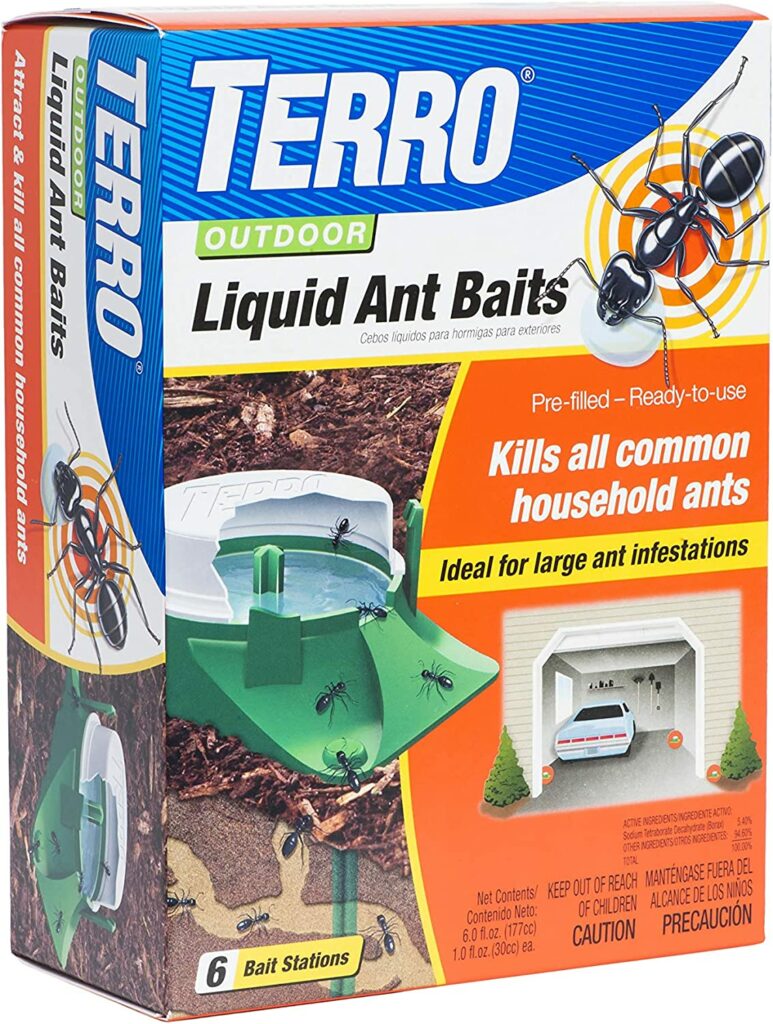
I wouldn’t worry about this product with a cockatiel, but larger birds could bite through the top reservoir. Again, it’s been determined to be almost entirely non-toxic, but it’s a cost-benefit analysis you have to do.
Parasites
Soil parasites can lead to disease, although uncommonly. They are best taken care of by diatomaceous earth, which I’ve written about extensively before. The article is long and is very heavily researched.
Mosquitos
Some of the usual tricks for mosquitos definitely work like making sure there is no standing water. If you want a large water source in your aviary, consider a fountain instead of a birdbath.
A simple way to prevent mosquitos is not to let them get in the aviary! Typically an aviary has 1″ x 1/2″ wire or something similar. Simply add a screen on top of that wire to deter the entrance of mosquitos.
Conclusion
Despite the length of this article, it’s not comprehensive and just meant to share my successes and the successes of a large number of others. If you go to a web forum about any of these topics, you’ll hear a dozen answers, go out and buy a bunch of products and waste your money.
There are things that work that are safe (almost completely) and inexpensive (usually) that will protect your birds from predators and pests.




